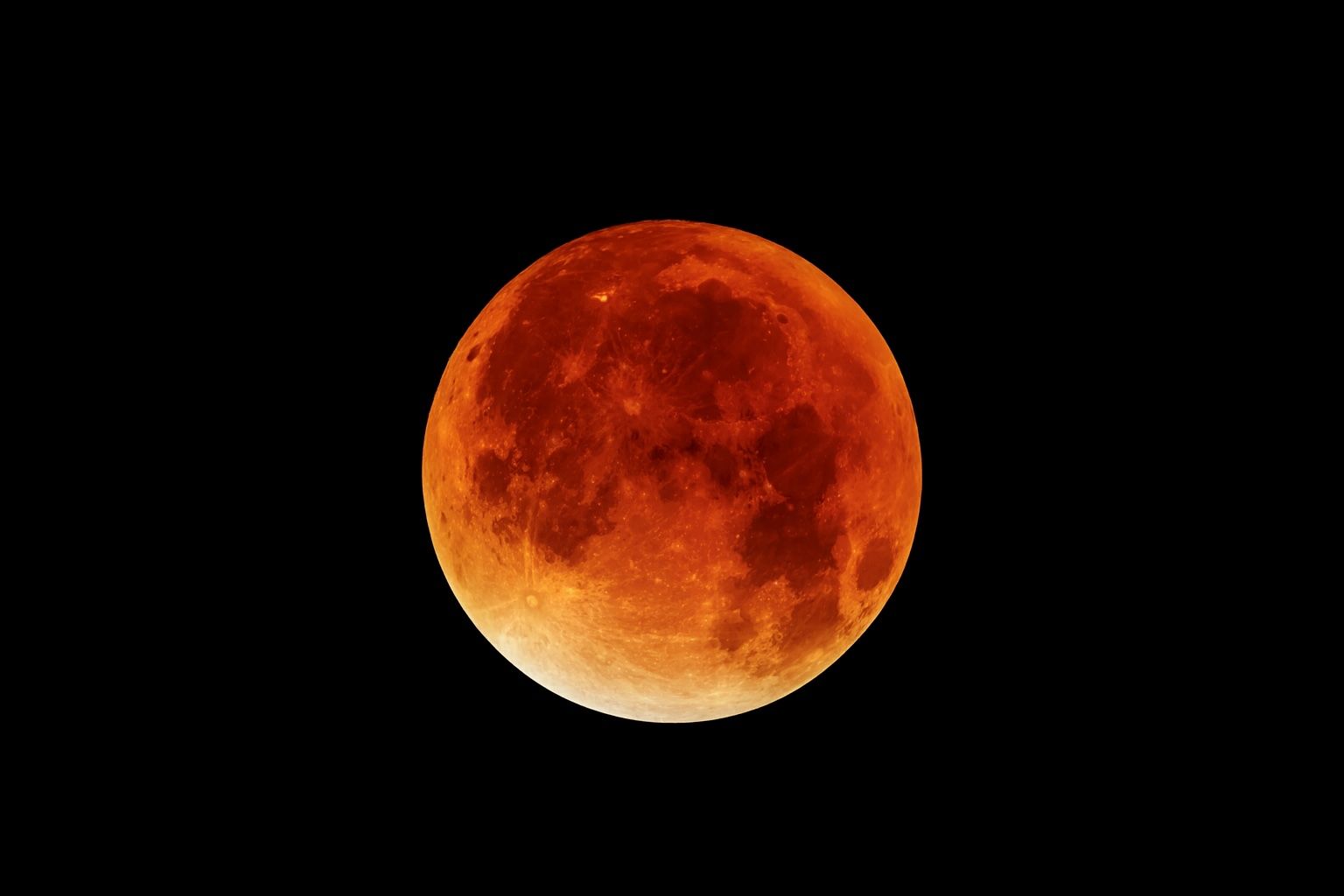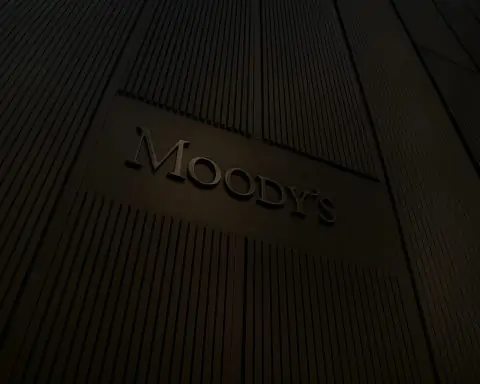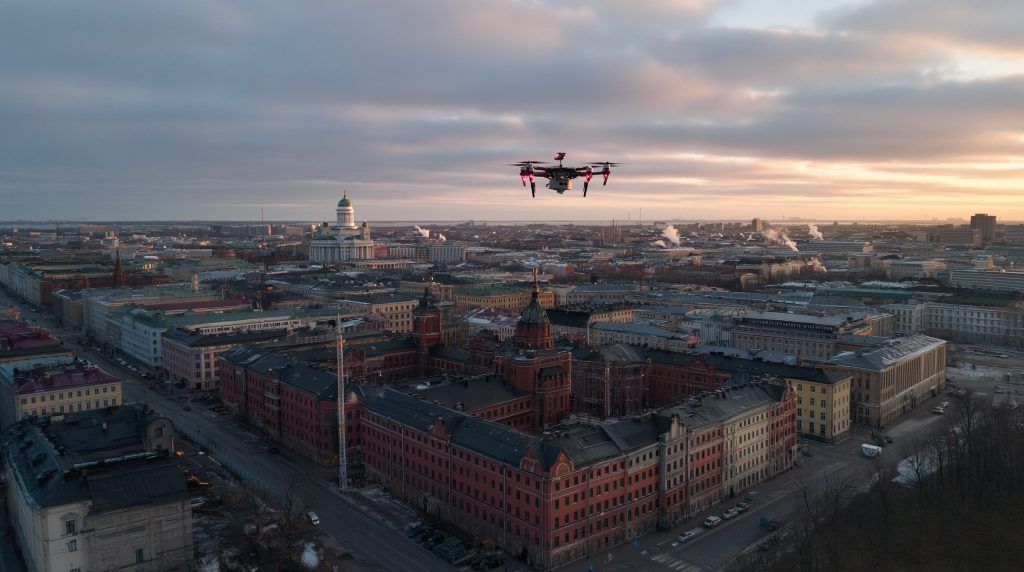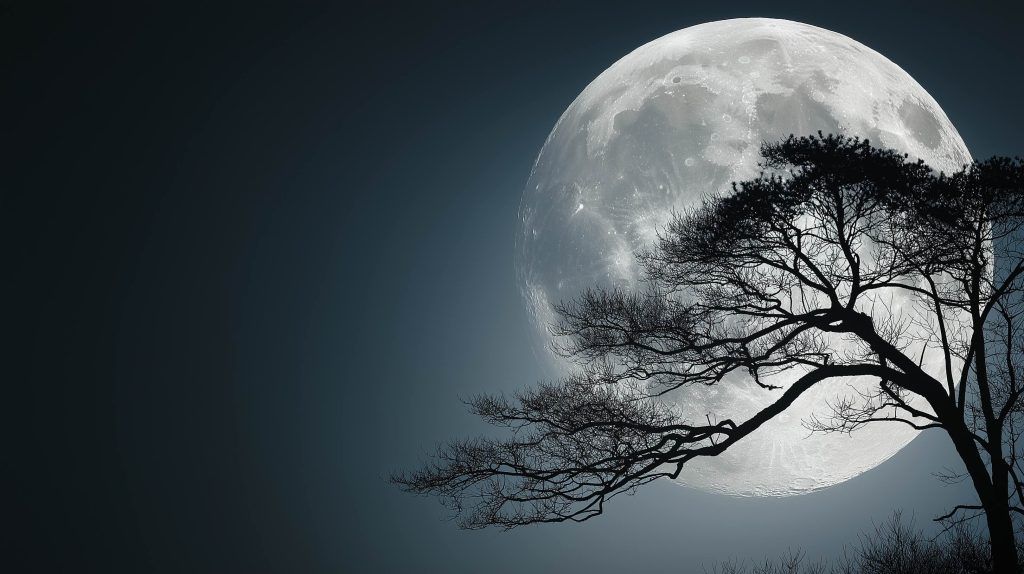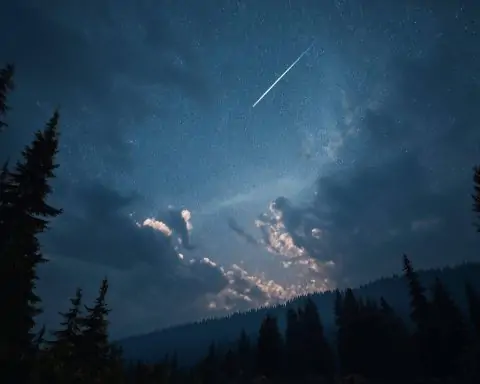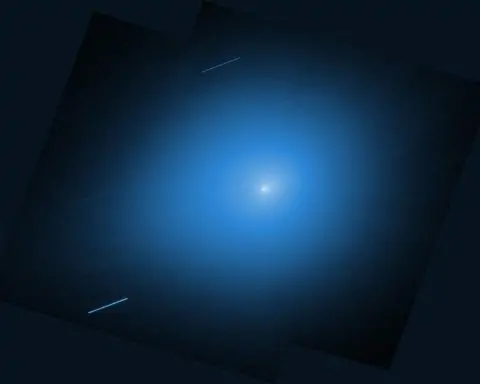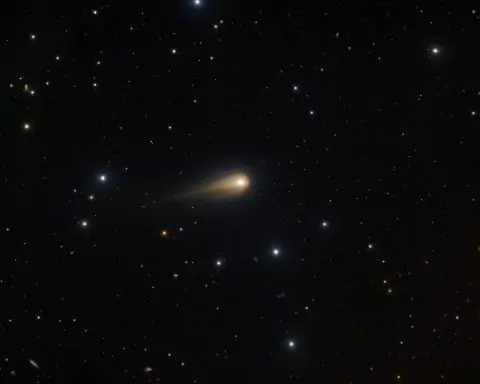- On September 7, 2025, the Moon reaches full phase around 18:09 UTC and participates in a total lunar eclipse.
- Totality lasts about 82–83 minutes, making it the longest total lunar eclipse since 2022.
- About 6.2 billion people (roughly 77% of the world’s population) could witness at least part of the eclipse.
- During totality the Moon will glow rusty-orange or red as Earth’s atmosphere scatters blue light and bends red wavelengths into its shadow.
- September 7’s full Moon is commonly called the Corn Moon in 2025, reflecting the corn harvest of late summer.
- The eclipse happens about 2.7 days before lunar perigee, so the Moon appears slightly larger than average, but it is not counted among 2025’s official three supermoons.
- In India totality is expected roughly between 11:00 PM and 12:22 AM local time (Sept 7–8); in Perth, Australia, totality will occur from about 1:30–2:52 AM AWST on Sept 8.
- TimeandDate.com will provide a live webcast of the eclipse.
- Lunar eclipses are safe to view with the naked eye, so no special filters are needed.
- Astrologically, the September 2025 full Moon occurs in Pisces with the Sun in Virgo and is part of a Virgo–Pisces eclipse series continuing into 2026.
Astronomical Highlights: Date, Eclipse & Moon Names
Mark your calendars for a must-see sky event on September 7, 2025. On this date the Moon will reach its full phase (at about 18:09 UTC) – and it won’t be a ordinary full moon. It coincides with a total lunar eclipse, meaning the Earth will pass directly between the Sun and the Moon, turning the Moon a deep red “Blood Moon” as it moves through Earth’s shadow [1] [2]. This will be the second total lunar eclipse of 2025 and an especially long one: totality lasts roughly 82–83 minutes (the longest such eclipse since 2022) [3] [4]. In fact, nearly 77% of the world’s population (about 6.2 billion people) will have a chance to witness some or all of this eclipse, making it a truly global spectacle [5].
This September full moon is often associated with the harvest season. By tradition, many know the early autumn full moon as the “Harvest Moon,” since it’s the full moon nearest the autumnal equinox. However, in 2025 the Harvest Moon title actually belongs to the October full moon (which falls closer to the September 22 equinox). Therefore, the September 7, 2025 full moon is more correctly called the “Corn Moon,” a name reflecting that this is the time of year when corn and other crops are gathered [6] [7]. (Some folklore sources also list alternative names like the Barley Moon or Fruit/Crow Moon for September’s moon [8].) Despite the naming technicality, this full moon will share some characteristics with a typical Harvest Moon. Around the date of full moon, it will rise relatively soon after sunset on successive evenings, resulting in several nights of bright moonlight around dusk – a handy phenomenon that in days past helped farmers keep working by moonlight [9] [10].
Notably, the Moon’s color and size may attract attention during this event. At peak eclipse the Moon will likely glow rusty-orange or red, which happens because Earth’s atmosphere scatters blue light and bends redder wavelengths into Earth’s shadow, filtering the sunlight that reaches the Moon [11]. This dramatic tint is why total eclipses earn the “blood moon” nickname. As for the Moon’s apparent size: while this full moon comes a couple days before the Moon’s perigee (closest point to Earth), it is not usually counted among 2025’s official “supermoons.” (Astronomers consider the October, November, and December 2025 full moons to be the year’s three supermoons [12].) Still, the September 7 moon will be slightly larger/brighter than average due to its relatively close distance [13] – an added bonus to an already spectacular night.
When and Where to See the Full Moon Eclipse
Visibility of the September 7–8, 2025 lunar eclipse will span much of the Eastern Hemisphere. Skywatchers across Asia and Australia are favored with the best views, as they will be able to watch the entire eclipse high in the night sky from start to finish [14]. India, China, Southeast Asia, Japan, and surrounding regions will see the eclipse in its entirety during their late evening to midnight hours. For example, in India the total eclipse phase is expected roughly between 11:00 PM and 12:22 AM local time (spanning Sept. 7–8) [15]. Farther east, parts of Australia (especially Western Australia) will catch totality in the early hours of Monday, Sept. 8 local time [16]. In Perth, for instance, totality will occur from about 1:30–2:52 AM AWST on Sept. 8 [17].
In Europe, Africa, and the Middle East, the timing means the eclipse will already be underway at moonrise on the evening of Sept. 7. Observers in these regions should look to the east around local sunset for a dramatically tinted moon ascending. The Moon will rise in eclipse for much of Europe and Africa, creating a picturesque sight of a darkened “red” Moon low on the horizon [18] [19]. For example, moonrise in Cairo coincides with the eclipse – totality there occurs roughly 8:30–9:52 PM EEST while the Moon is low in the sky [20]. In London the Moon will be below the horizon during the deepest part of eclipse (maximum at ~7:11 PM BST), but it rises around 7:33 PM BST just as totality is ending, so Brits will catch the tail end of the eclipse as a dim reddish moon emerges from Earth’s shadow [21]. Eastern European cities like Berlin, Vienna, and Budapest will see the Moon already eclipsed as it comes up at dusk [22] – meaning the first sight of the moon that night will be a faint ruddy orb. Viewers in these areas are advised to find an unobstructed view toward the eastern horizon to enjoy the spectacle [23].
Meanwhile, most of the Americas will miss out on this eclipse because it occurs in their daytime. Only the far eastern tip of South America and a portion of Alaska/Hawaii might catch a small partial phase at dawn or dusk. If you’re in a region where the eclipse isn’t visible or weather is poor, don’t worry – you can still join in. Several observatories and websites plan to livestream the eclipse online. For instance, TimeandDate.com will broadcast the event live, so people worldwide can watch the Blood Moon rise virtually in real time [24]. Because lunar eclipses are safe to view with the naked eye (unlike solar eclipses), no special filters are needed [25]. If you are in the viewing zone, you can simply look up and enjoy; binoculars or a telescope will enhance the view of the Moon’s surface hue, but they aren’t required [26] [27].
Why This Full Moon Eclipse Is Special
This event is drawing excitement from astronomers and casual observers alike for several reasons. First, the combination of a full moon with a total lunar eclipse makes for an especially memorable sky show, sometimes dubbed a “super-charged” full moon. During a regular full moon, the moonlight is bright and silver; during a total eclipse, that same full moon dims and blushes red, transforming in appearance. Astronomers note that a lunar eclipse is basically a full moon on steroids – in astrological terms, it carries extra intensity – because the Earth, Sun, and Moon are perfectly aligned [28]. In fact, NASA and other experts highlight how rare it is to have such a widely visible eclipse: the September 7 event will be observable (weather permitting) by up to ~88% of humanity at some stage [29] [30]. Fred Espenak, a retired NASA eclipse expert, created maps showing that approximately 6.2 billion people can see at least the total phase of this eclipse [31] – an extraordinarily high fraction compared to most eclipses (by contrast, the March 2025 total lunar eclipse was only visible to around 1 billion people) [32]. This means the world will be collectively moon-gazing on September 7–8.
Secondly, the duration of totality is notable. At about 82–83 minutes of total eclipse [33] [34], this is a long-lasting blood moon. The Moon will spend quite a while entirely immersed in Earth’s darkest shadow (the umbra). For perspective, totality lengths can vary – some last under an hour – so this one gives observers ample time to appreciate the eerie copper glow. The lengthy totality is partly because the Moon will pass through the central part of Earth’s shadow. Stargazers and astrophotographers will have over an hour to soak in the view or take photos of the reddish Moon against the night sky. (Interestingly, during totality the Moon will be near the planet Saturn in the constellation Aquarius, and with the Moon’s glare reduced, Saturn and some stars might become visible in the same scene [35] [36].)
Finally, although not a designated “supermoon,” the Moon’s orbit brings it relatively close to Earth that week. The eclipse happens just 2.7 days before lunar perigee (the Moon’s nearest approach in its orbit) [37]. As a result, the Moon’s apparent diameter will be a bit larger and brighter than average full moons. The difference won’t be dramatic to the eye, but it does mean this Corn Moon is on the brighter side, especially before and after the eclipse’s total phase. Some media have pointed out it will occur “just days before the Moon reaches perigee, meaning it will appear slightly larger than usual” [38]. So if the Moon looks big that night – it’s not your imagination!
Astrological Significance: A Full Moon in Pisces
In astrology, full moons represent culmination, illumination, and release. This September 2025 full moon falls in the zodiac sign of Pisces (with the Sun in Virgo), infusing it with a deeply emotional and spiritual energy. Not only that, it’s also a lunar eclipse, which astrologers view as an even more intense full moon – often bringing fated events or turning points. “Lunar eclipses are like full moons on steroids,” explains astrologer Kyle Thomas, “three times more powerful and [able to] trigger destined and fated events.” He notes that a full moon in sensitive Pisces may make us feel “very emotional” as hidden truths surface and chapters come to an end [39].
Because Pisces is the last sign of the zodiac, a full moon here often symbolizes closure, forgiveness, and spiritual insight. Astrologers see this eclipse as a chance to release old dreams or patterns that no longer serve us. “September’s full moon represents a magical time to embrace life,” says astrologer Lisa Stardust, noting that if a person’s dreams are no longer in their heart, “then it is time to depart from them and instead embrace all that life has to offer.” [40] This kind of letting-go aligns with the Pisces vibe of surrender and flow. Stardust adds that this eclipse spiritually signifies the closing of a chapter – in fact, “this eclipse marks a dramatic end to the story or vision that began under the Pisces new moon,” bringing resolution to intentions set about six months prior [41]. In other words, themes that arose around late February or March 2025 (when the Pisces new moon occurred) may now reach fruition or completion.
Many astrologers encourage using this potent full moon to tap into intuition, creativity, and healing. Pisces energy heightens our emotional sensitivity and compassion. You might experience vivid dreams, gut feelings, or an urge to seek spiritual practices (meditation, journaling, etc.) around this time. It’s normal to feel a bit overwhelmed as eclipse-driven revelations unfold – astrologers advise not manifesting new intentions during an eclipse (unlike a regular full moon) but rather processing and releasing [42] [43]. Well-known astrology forecasts suggest this full moon eclipse can ultimately be cathartic: by clearing away what’s been holding you back emotionally, you make room for new growth. As Stardust puts it, the cosmic message is to “evolve and grow with the times” – to shed the past and step forward with the changing currents [44]. Overall, the September 2025 full moon in Pisces is seen as a powerful moment of transition, one that can inspire both personal and collective shifts in consciousness.
Cultural Traditions and Events Under the Full Moon
Full moons in the early autumn have long been imbued with cultural significance around the world. The September full moon, in particular, ties into many harvest-time festivals, folklore, and family traditions. Here are some of the major cultural associations for this moon:
- Harvest and Corn Moon Lore: In European and North American tradition, the full moons were given folk names reflecting seasonal activities. As noted, the “Harvest Moon” is famous as the full moon nearest the start of fall – farmers appreciated its extended evening light. (Typically, the moon rises about 50 minutes later each day, but around the Harvest Moon that delay shrinks to ~20–30 minutes [45] [46], giving several nights of near-twilight illumination for bringing in crops.) Even though 2025’s Harvest Moon falls in October, the September 7 moon carries the name “Corn Moon” in the Farmers’ Almanac and Native American lore [47]. This name comes from the timing of the corn harvest in late summer [48]. Similarly, some Algonquian tribes referred to the late August or September moon as the “Barley Moon” or “Fruit Moon,” marking the gathering of grains and ripening of fruits [49]. These traditional names show how closely full moons were linked to agricultural cycles and were used to track the seasons. For many, the Corn Moon signals that autumn’s bounty is being collected – corn, pumpkins, squash, beans, and other staples are ready for gathering [50]. Communities would often celebrate the successful harvest under the bright moonlight.
- East Asian Moon Festivals: In China and many parts of Asia, the full moon of the 8th lunar month is celebrated as the Mid-Autumn Festival, also known simply as the Moon Festival. Families reunite to admire the bright moon and give thanks for the harvest. They share mooncakes (round pastries filled with sweet paste) and light colorful lanterns, symbolizing unity and prosperity [51]. It’s one of the biggest holidays in China – in Chinese, it’s called Zhongqiu Jie – and is celebrated with public festivities, performances, and lantern displays. (In 2025, the Mid-Autumn Festival falls on October 6 [52] [53], since the lunar calendar date corresponds to the October full moon that year. Many Asian countries observe it on the same date as China.) In Korean culture, this harvest moon celebration is Chuseok, a major three-day holiday where people return to their hometowns, pay respect to ancestors, and enjoy traditional foods like songpyeon rice cakes. And in Japan, the autumn full moon is honored in a tradition called Tsukimi (literally “moon-viewing”). Tsukimi is a more tranquil celebration: families decorate with susuki (pampas grass) and set out offerings of rice dumplings called tsukimi dango to symbolize the Moon [54] [55]. They quietly appreciate the beauty of the moon and the blessings of the harvest, sometimes accompanied by poetry or tea ceremonies. Even today in Japan, seasonal foods like special egg dishes (e.g. “tsukimi udon” with a poached egg resembling the moon) appear on menus, and places like shrines or gardens hold moon-viewing events. Across these cultures, the full moon of this season represents togetherness, gratitude, and abundant harvests, and many beautiful customs (lanterns, mooncakes, dumplings, etc.) have evolved around it.
- Local Harvest Moon Celebrations: In Western countries, while there isn’t a national holiday for the Harvest Moon, the concept still inspires events and gatherings. Many communities host “Harvest Moon” festivals or fairs to celebrate the arrival of fall. For example, in the town of Ely, Minnesota (USA), the weekend after Labor Day is traditionally the Harvest Moon Festival, featuring a crafts fair, local food vendors, live music, and family activities – all timed with the full moon of early September [56]. “Join us and find one-of-a-kind art, pottery, woodcrafts, and more,” say organizers, noting that thousands attend this annual event [57]. Similarly, other towns might hold moonlight farmers’ markets, outdoor concerts, or night hikes under the bright moon. The name “Harvest Moon” itself has permeated popular culture – from songs and folklore to the names of charity walks and autumnal beer brews – symbolizing the cozy, prosperous vibe of the season. Even though technology has lessened our dependence on moonlight, people still feel a nostalgic connection to the Harvest Moon as a sign of summer turning to fall. This year, with a dramatic eclipse happening, astronomy clubs and science museums in many countries are also planning public viewing nights. Parks and observatories across Asia and Europe (where the eclipse is visible) may set up telescopes for the public or host “Moon parties” so that communities can watch the eclipse together and learn about it. In short, the September 2025 full moon will be at the center of both cultural festivities and scientific outreach, bridging ancient tradition and modern sky-watching.
Current News and Expert Voices (August 2025)
As of late August 2025, anticipation is building for this upcoming “Blood Moon” eclipse. Media outlets are running headlines about the rare opportunity to see the Moon turn red and the large portion of the world that will be able to witness it. Experts from space agencies and planetariums are offering tips for viewers. NASA has highlighted the eclipse in its calendars, noting the key timings: the partial eclipse begins at 15:28 UTC, totality runs from 17:30 to 18:52 UTC, and the event wraps up by 20:55 UTC [58] [59]. In practical terms, they emphasize that observers should start watching at least an hour before totality to see the subtle darkening as Earth’s shadow begins creeping across the Moon [60] [61]. The Royal Observatory Greenwich in London has published a guide for UK sky-watchers, explaining that the Moon will rise during the eclipse and advising people to find a high eastern viewpoint since the Moon will remain low on the horizon during totality [62]. Astronomers stress that patience is key – when the Moon is low and dimmed by an eclipse, it can be tricky to spot at first, but it will become more obvious as the sky darkens. “Find a clear view to the East to see the most of this eclipse,” the observatory advises, given the Moon’s low altitude in Europe [63].
Around the world, observatories and science centers are gearing up for eclipse night. In regions like India and Southeast Asia, where the eclipse happens at a convenient time, astronomy enthusiasts are organizing viewing parties. Cities such as New Delhi, Bangkok, and Jakarta are expected to have local science clubs setting up telescopes in public parks. The planetarium in New Delhi, for instance, has announced extended hours on Sept. 7 so visitors can observe the partial phases before the museum closes. In Africa and the Middle East, this eclipse conveniently falls on a Sunday evening, so families can step out after dinner to look at the Moon together. Timeanddate.com will be providing a live webcast (with commentary by experts) for anyone who wants a cloud-proof experience [64]. And on social media, eclipse fever is evident: skywatching influencers are sharing viewing maps and encouraging followers to share photos of the red Moon. One viral post notes that this eclipse is one of the most widely visible of the decade, with ~7 billion people under its footprint – calling it “a truly global celestial event” [65].
Scientists also see this as an educational moment. Astronomers have been explaining the science behind the Blood Moon in interviews and articles, making sure people understand there’s no danger in watching (unlike solar eclipses). They point out why the Moon turns red (a favorite comparison: “It’s the light of all the world’s sunsets projected onto the Moon”) and even why it doesn’t disappear completely (Earth’s atmosphere bends a bit of light around the edges) [66]. Some researchers will use the eclipse to collect data – for example, measuring how the lunar surface cools when the sunlight is cut off, or even observing the eclipse from Mars via spacecraft to see how Earth’s atmosphere affects the light (experiments done during past eclipses). Such observations can mimic exoplanet studies.
Astrologers, meanwhile, are busy sharing their interpretations. Blogs and horoscope columns in late August 2025 are abuzz with guidance for each zodiac sign on how to handle the eclipse’s energy (some advise “expect the unexpected,” as eclipse revelations can bring surprises). People Magazine’s resident astrologer gave a sign-by-sign rundown, framing the event as a chance for “destined events” – for instance, hinting Aries might confront secrets coming to light, Taurus might see shifts in friendships, etc., due to the eclipse’s influence [67] [68]. There’s also discussion of the broader cycle: this eclipse is part of an eclipse series on the Virgo–Pisces axis, which will continue into 2026 [69]. Spiritual practitioners are suggesting rituals like journaling or meditation to harness the Piscean full moon energy for emotional release and healing.
Finally, cultural commentators have noted how this full moon eclipse coincides with numerous fall events. Early September 2025 sees many harvest fairs, moon festivals, and even a few music events named after the Harvest Moon. In the U.S., some farms host “Harvest Moon hayride” nights where visitors can enjoy a night ride and bonfire by the light of the moon. The Maridon Museum in Pennsylvania is holding a charity gala on Sept. 28, 2025, titled “Celebrate the Harvest Moon,” blending Chinese Mid-Autumn traditions with a Western dinner event (though technically closer to the October moon) [70]. And in Asia, preparations are underway for the October 6 Mid-Autumn Festival – the fact that an eclipse is happening one lunar cycle earlier has prompted some folks to jokingly call it the “Prelude Moon.” Regardless of these varied angles, one thing is clear: people across the globe – from astronomers to astrologers, from farmers to festival-goers – are turning their eyes skyward for this September 2025 full moon. It’s a rare moment where science, culture, and spirituality all converge on a single celestial event. So whether you plan to simply admire the big orange Moon with your own eyes, join a community celebration, or ponder its meaning in your life, make sure to step outside on the night of September 7, 2025. This Full Corn Moon Eclipse promises to be a night to remember – a golden “Harvest” moon rising into Earth’s shadow, uniting billions of us under its gentle, reddish glow.
Sources:
- NASA / Timeanddate – Eclipse details and visibility [71] [72] [73]
- Space.com – “Blood Moon is coming” (D. Dobrijevic, Space, Aug 7, 2025) [74] [75]
- EarthSky.org – Full Corn Moon eclipse facts (M. Curran, Sept 2025) [76] [77]
- Farmers’ Almanac – Full Moon calendar 2025 (dates and traditional names) [78] [79]
- Royal Observatory Greenwich – UK eclipse viewing guidance [80]
- Astrology: People Magazine – Kyle Thomas on eclipse astrology [81]; Parade.com – Lisa Stardust quotes [82] [83]
- China Highlights – Mid-Autumn Festival description (C. Li, 2025) [84] [85]
- JR Pass (Japan) – Tsukimi traditions (harvest moon festival in Japan) [86] [87]
- Ely, MN Chamber of Commerce – Harvest Moon Festival event info [88]
- Moneycontrol (India) – Science desk preview of Sept 2025 eclipse [89] [90]
- BBC Sky at Night Magazine – Corn Moon eclipse explainer (I. Todd, 2025) [91] [92]
References
1. earthsky.org, 2. www.skyatnightmagazine.com, 3. www.timeanddate.com, 4. www.moneycontrol.com, 5. www.moneycontrol.com, 6. www.space.com, 7. earthsky.org, 8. earthsky.org, 9. earthsky.org, 10. earthsky.org, 11. www.skyatnightmagazine.com, 12. www.yogajournal.com, 13. www.moneycontrol.com, 14. www.space.com, 15. www.moneycontrol.com, 16. www.space.com, 17. www.space.com, 18. www.rmg.co.uk, 19. www.moneycontrol.com, 20. www.space.com, 21. www.rmg.co.uk, 22. www.moneycontrol.com, 23. www.rmg.co.uk, 24. www.skyatnightmagazine.com, 25. www.skyatnightmagazine.com, 26. earthsky.org, 27. www.skyatnightmagazine.com, 28. people.com, 29. www.space.com, 30. www.moneycontrol.com, 31. www.moneycontrol.com, 32. www.moneycontrol.com, 33. earthsky.org, 34. www.moneycontrol.com, 35. earthsky.org, 36. earthsky.org, 37. earthsky.org, 38. www.moneycontrol.com, 39. people.com, 40. parade.com, 41. www.instagram.com, 42. www.aol.com, 43. www.instagram.com, 44. parade.com, 45. www.space.com, 46. earthsky.org, 47. www.space.com, 48. earthsky.org, 49. earthsky.org, 50. www.space.com, 51. www.chinahighlights.com, 52. www.chinahighlights.com, 53. www.chinahighlights.com, 54. www.jrailpass.com, 55. www.jrailpass.com, 56. www.ely.org, 57. www.ely.org, 58. www.space.com, 59. www.moneycontrol.com, 60. www.space.com, 61. www.moneycontrol.com, 62. www.rmg.co.uk, 63. www.rmg.co.uk, 64. www.skyatnightmagazine.com, 65. www.instagram.com, 66. www.skyatnightmagazine.com, 67. people.com, 68. people.com, 69. www.yogajournal.com, 70. maridon.org, 71. www.space.com, 72. www.moneycontrol.com, 73. www.moneycontrol.com, 74. www.space.com, 75. www.space.com, 76. earthsky.org, 77. earthsky.org, 78. www.space.com, 79. www.space.com, 80. www.rmg.co.uk, 81. people.com, 82. parade.com, 83. www.instagram.com, 84. www.chinahighlights.com, 85. www.chinahighlights.com, 86. www.jrailpass.com, 87. www.jrailpass.com, 88. www.ely.org, 89. www.moneycontrol.com, 90. www.moneycontrol.com, 91. www.skyatnightmagazine.com, 92. www.skyatnightmagazine.com
